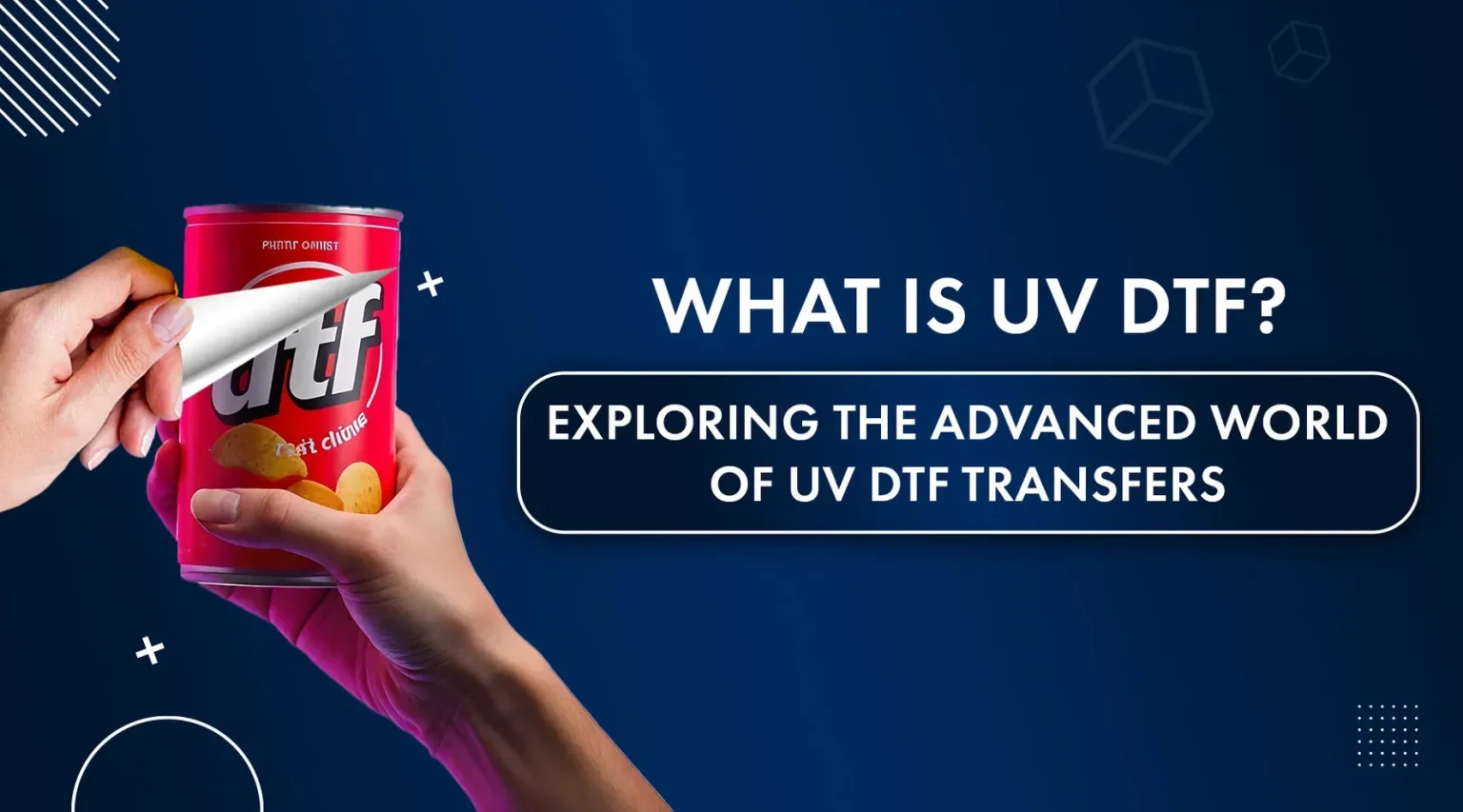UV DTF technology is at the forefront of cutting-edge printing innovations, transforming the way we think about transfer methods and substrate compatibility. This advanced Direct to Film process utilizes ultraviolet light to cure inks, allowing for stunning visuals on a variety of surfaces. As we approach 2025, understanding UV DTF technology becomes essential for businesses aiming to enhance their sustainability practices while producing high-quality printed materials. The printing industry is witnessing a shift toward more eco-friendly methods, where UV printing plays a pivotal role in minimizing waste and maximizing efficiency. With applications ranging from apparel to promotional items, UV DTF technology is redefining creative possibilities and opening new avenues for personalized printing solutions.
The realm of UV DTF, or ultraviolet Direct-to-Film printing, encompasses a revolutionary method that elevates creative capabilities across multiple industries. This technique, recognized for its efficiency and eco-conscious approach, enables users to transfer vibrant graphics onto numerous surfaces with remarkable precision. As organizations venture into 2025, the need to embrace sustainable printing methods is critical; UV printing innovations are leading this charge by reducing excess materials and enhancing product quality. The introduction of state-of-the-art 3D texturing printers further showcases the versatility of this process, expanding the horizons for artists and brands alike. Understanding these alternative terms and concepts can provide valuable insights for those looking to leverage advanced printing technologies in their endeavors.
Understanding UV DTF Technology
UV DTF technology represents a significant leap forward in printing methods, employing ultraviolet light to instantly cure inks that are printed onto a specialized film. This film serves as a bridge to transfer high-quality images onto various substrates, including textiles, metals, and ceramics. The unique ability to garnish surfaces with vibrant colors and intricate designs makes UV DTF a preferred choice for both commercial printers and artisans. As businesses prepare for the rapidly approaching future, mastering this technology is not just advantageous; it’s becoming essential.
Moreover, the versatility of UV DTF technology allows for a broad range of applications. From creating stunning apparel to custom home décor, the possibilities are endless. This innovation stands out for its ability to produce durable and aesthetically pleasing prints that maintain their quality over time. Furthermore, as consumer demand shifts towards personalization, UV DTF opens the door for businesses to offer unique, tailored products that hope to attract a diverse customer base.
Frequently Asked Questions
What is the significance of UV DTF technology in modern printing?
UV DTF technology (Direct to Film) is significant because it allows for high-quality, vibrant prints to be transferred onto various surfaces. This innovative process uses ultraviolet light to cure inks directly on a specialized film, enhancing efficiency and reducing waste compared to traditional printing methods.
How does UV DTF technology contribute to sustainable printing practices?
UV DTF technology enhances sustainable printing practices by minimizing waste associated with ink and materials. Its direct-to-film process requires less excess fabric and reduces the overall environmental impact, making it a cleaner alternative for industries such as fashion and home décor.
What are some recent innovations in UV DTF technology?
Recent innovations in UV DTF technology include compact UV printers designed for small businesses, like the Anker UV Printer E1, which features personal 3D texturing capabilities. These advancements enable creators to produce custom designs on various materials, broadening the accessibility of high-quality printing.
In what industries is UV DTF technology making an impact?
UV DTF technology is making an impact across several industries, including apparel and fashion, home décor, promotional products, and personalized gifts. Its ability to produce durable, high-quality prints makes it attractive to businesses looking to offer unique, customized products.
What are the challenges associated with adopting UV DTF technology?
Challenges in adopting UV DTF technology include the high initial investment for quality printers and the need for skill mastery to operate them efficiently. Additionally, increasing competition in the UV DTF market requires ongoing innovation and differentiation for businesses.
How can UV DTF technology enhance personalized gift offerings?
UV DTF technology enhances personalized gift offerings by allowing intricate, custom designs to be printed on various souvenir items like mugs and photo frames. Its capability for detailed prints ensures that gifts are unique and tailored to individual preferences, meeting the growing trend for personalization.
| Key Points | Details |
|---|---|
| What is UV DTF Technology? | Utilizes UV light to cure inks on specialized film for transferring high-quality images to various substrates. |
| Recent Innovations | 1. Compact UV printers for small businesses and makers. 2. Personal 3D-texturing UV printer for customized designs. 3. Sustainable practices in print production reducing waste. 4. Industry advancements showcased at events. 5. Crowdfunding success enabling easier access to high-quality printing. |
| Applications | – Apparel and fashion for durable prints. – Home décor and personalized items. – High-quality promotional products. – Unique personalized gifts. |
| Challenges | – High initial investment for printers. – Need for skill mastery in operation. – Increasing market competition. |
Summary
UV DTF technology is reshaping the landscape of printing by offering innovative solutions for artists and businesses alike. This technology enables high-quality printing on diverse surfaces, making it a versatile tool for creating stunning products across various industries. As we head into a new era marked by advancements and a focus on sustainability, UV DTF technology is poised to play a vital role in how we think about production, offering environments that foster creativity while promoting eco-friendly practices. The benefits are compelling, and the potential applications are only growing.

